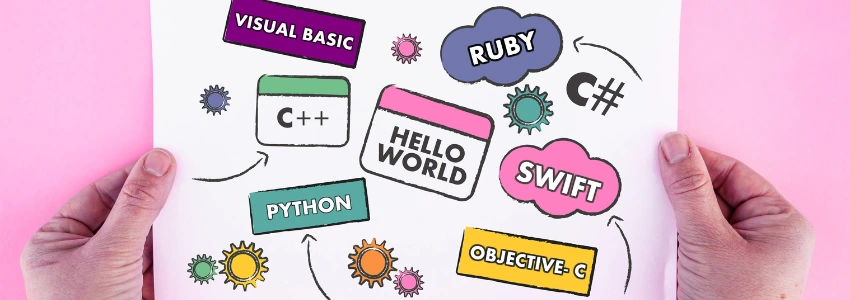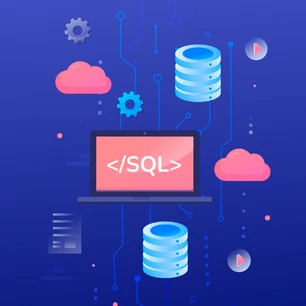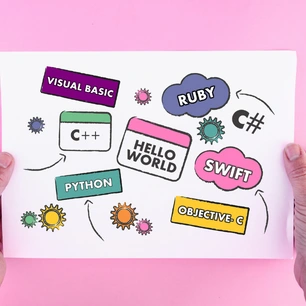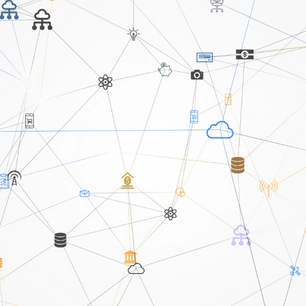R is a programming language with several advantages over other programming languages, including open-source and Object-oriented. It can also be used for Statistical analysis and Graphical visualization. To start with R, follow these steps: Before writing code, ensure you understand what it does. You will get the hang of it in a few days.
Open-source
R is an open-source programming language that is free and available to everyone. It is written in C and Fortran and is part of the GNU package. It is a partially self-hosted language, meaning that pre-compiled executables are available for various operating systems. It comes with a command line interface and multiple third-party graphical user interfaces. The R command-line interpreter is the easiest way to get started. Type "R" at a command-line prompt to start running R.
R is a powerful programming language that can do a variety of tasks. Using this language can help you generate powerful statistical models and data visualizations. Its open-source nature also allows it to be compatible across platforms. Since it uses an interpreter instead of a compiler, it's easy to move your code from one platform to another. R is also extremely flexible, allowing you to work with data from multiple sources.
R has a rich library of libraries and functions. Most of its standard functions are written in R, making them easy to follow. Moreover, R is extensible, with a large number of packages available to extend the functionality of the language.
Object-oriented
If you're looking for an object-oriented programming language in R, you've come to the right place. R has an object-oriented programming system based on the C language. Its base types (S3, S4) provide an easy-to-use framework for building OO systems. These base types can be used in a number of ways, including using objects for data manipulation, defining classes for variables, and modelling data from a web API.
The R language supports both inheritance and composition. The latter allows you to create a new object or replace an existing one. The advantages of this approach include easier-to-use interfaces for your users, less complex code, and a more concise programming model. Polymorphism can be a boon when dealing with complicated objects, and it's a feature of the R language that's not available in many other mainstream languages.
.webp)
As with any object-oriented programming language, there are some principles that you should know. The key to object-oriented programming is to think in terms of objects. After all, the world is made up of physical objects and programs. An object has a class, or blueprint, which describes what it can do and how it can be constructed.
Statistical analysis
R is a programming language for statistical computing and graphics. It is supported by the R Foundation for Statistical Computing and the R Core Team. It is free and open source. There are a variety of packages available to make statistical computing easier. R can be used for data mining, statistical computing, and graphics.
R is one of the most popular statistical programming languages. It was designed by statisticians to facilitate their work and has an extensive library of packages. Because of its expressive syntax, even non-statisticians can use it to write simple scripts and create software with statistical functions. The R language also includes graphical packages such as ggplot2 to create and visualize data.
R is free to use. The R Foundation holds the copyright for the R programming language and publishes it under the GNU General Public License version 2.0. The GNU General Public License version 2.0 includes freedoms 0 and 1.
Graphical visualization
The R programming language provides an extensive set of facilities for creating graphs and graphics. Three main frameworks are available: base R, ggplot2, and tidyverse. Each provides a different set of pre-assembled graphical displays. The Base R framework is the oldest and contains over thirty packages. It provides a simple, procedural interface for creating graphs and graphics.
The R programming language provides a number of libraries and built-in functions that make creating visualizations simple. This allows scientists to present data in a variety of ways. Using a mosaic plot, for example, can reveal relative proportions. The entire process can take as little as 3 minutes.
The R base package has many useful graphs, and the plotrix package contains many useful graphical extensions. Ggplot2 is often regarded as the most powerful graphics device in the R language. The Lattice package also offers a variety of useful functions.











